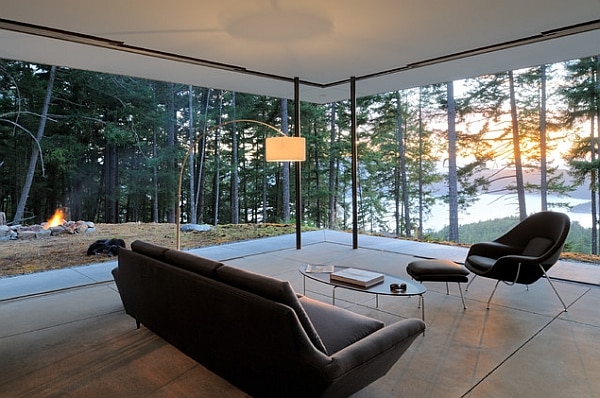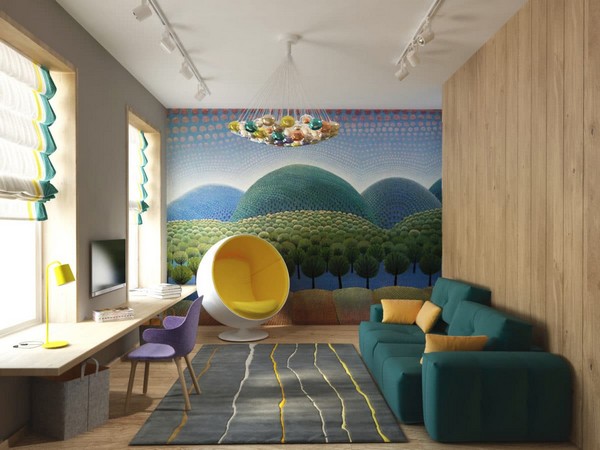The minimalist trend is more popular than ever, thanks to books like The Lifesaving Magic of Tidying Up: The Japanese Art of Decluttering and Organizing and The Little Book of Hygge: Danish Secrets to Happy Living, which emphasize the power of going small. Minimal decor is definitely pleasing to the eye, but science has shown that their recommendations can have a positive impact on health and happiness. Minimalism should be about structuring your space in the most efficient way for the way you live now.
You Need Fewer Things
Most people bring things into the home without giving it much thought. A dish is on sale at the grocery store, so you buy it. There’s a two-for-one sale, so you wind up with a few extra items. Eventually, most people find that their closets and cabinets are full. This is because of the thoughtlessness of consumption. Focusing on what your family needs will have you considering every purchase. It is also better for the environment not to become a hoarder of things.
How to end up with fewer things? Focus on not buying first, and decluttering second. It’s hard to declutter if you replace things as quickly as you get rid of them. For parents, this can be the hardest part. Parents are bombarded with things and the need for them in every store, and relatives tend to over-give. Families eventually appear on House Hunters because they claim to need a bigger playroom for their kids toys!
Reducing your exposure to products will help you stop buying things. Asking relatives to give experiences rather than things, especially as kids get older, will reduce your reliance on things. The leading experts on decluttering say you should think about everything that you bring into the home – if you aren’t in love with it, or it doesn’t fill an urgent need, then don’t buy it.
Focus on How You Live
Parents and children have a different lifestyle than single people, who have a different lifestyle than couples without children. If you want a minimalist interior, then first you need to think about what makes sense for how you live. In this way of conceptualizing minimalism, it’s not about how things look, it’s about how the home works for you. Let your life guide your decorating choices. If you are focused on sustainability, then consider only buying handmade things to isplay. If you want to prioritize the family, then have fewer things you need to take care of, and utilize your space for fun – not for storage.
If you use the first step and only buy or keep what has meaning, then your decorating style will be much cleaner. You shouldn’t have to buy things to give yourself a more minimalist interior decorating style. Things that you keep because you love them, like personal artifacts and memorabilia, shouldn’t be stored away. Put them on display and use them as art. It’s not about creating a museum look, but about creating a context that gives your life meaning.
Tell Your Own Story
If you love your home and neighborhood, let that passion infuse your minimalist cred. Celebrate the things you love throughout your home. If you are an urban dweller, honor that by bringing the sights and smells of the city indoors. Invest in plants and outdoor seating, and focus on spending time out in the neighborhood rather than inside with your things. Use industrial materials that are keeping with the nature of your home.
Likewise, if you love living in the countryside, take your color pallette cues from what you see all around you. Incorporate rustic wood and raw stone as a mirror to the rural area that you prize. This doesn’t mean turning your entire home into a theme (leave those coastal lighthouse borders for someone else), it simply means thinking about the history of the era and incorporating textures and cues into your style.As you go through this process, your own style will be informed by where you live.
.



